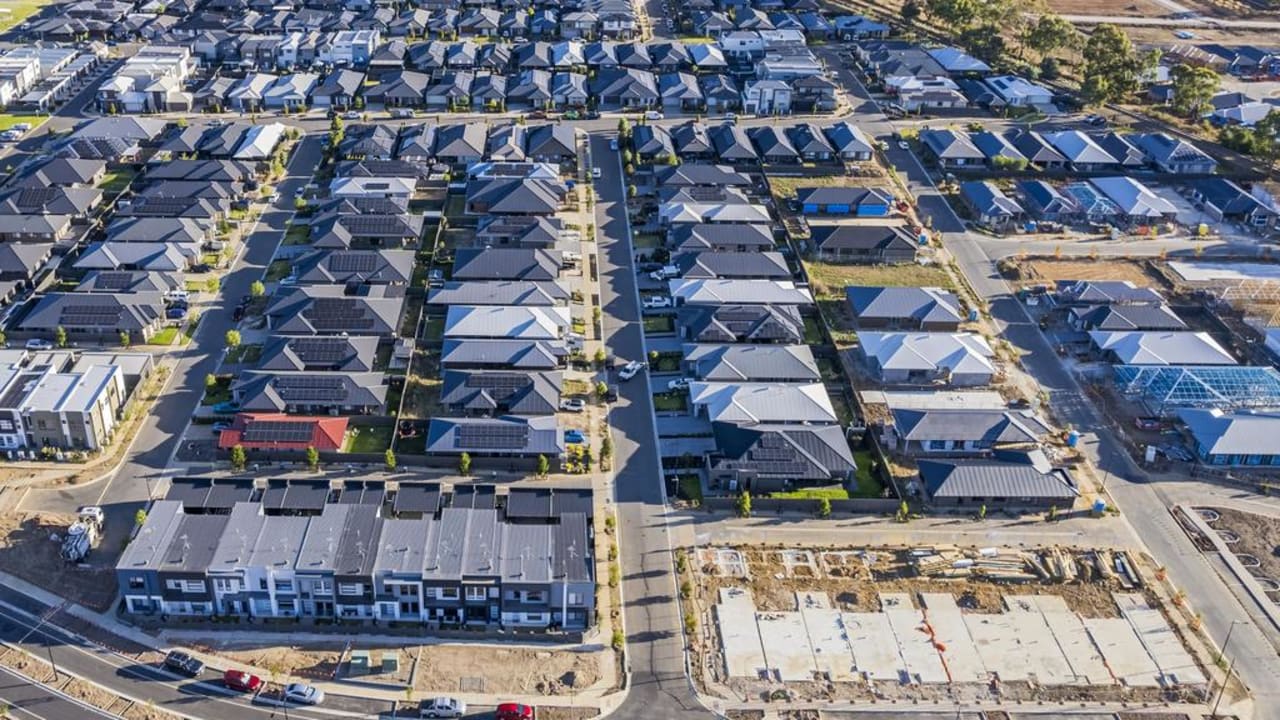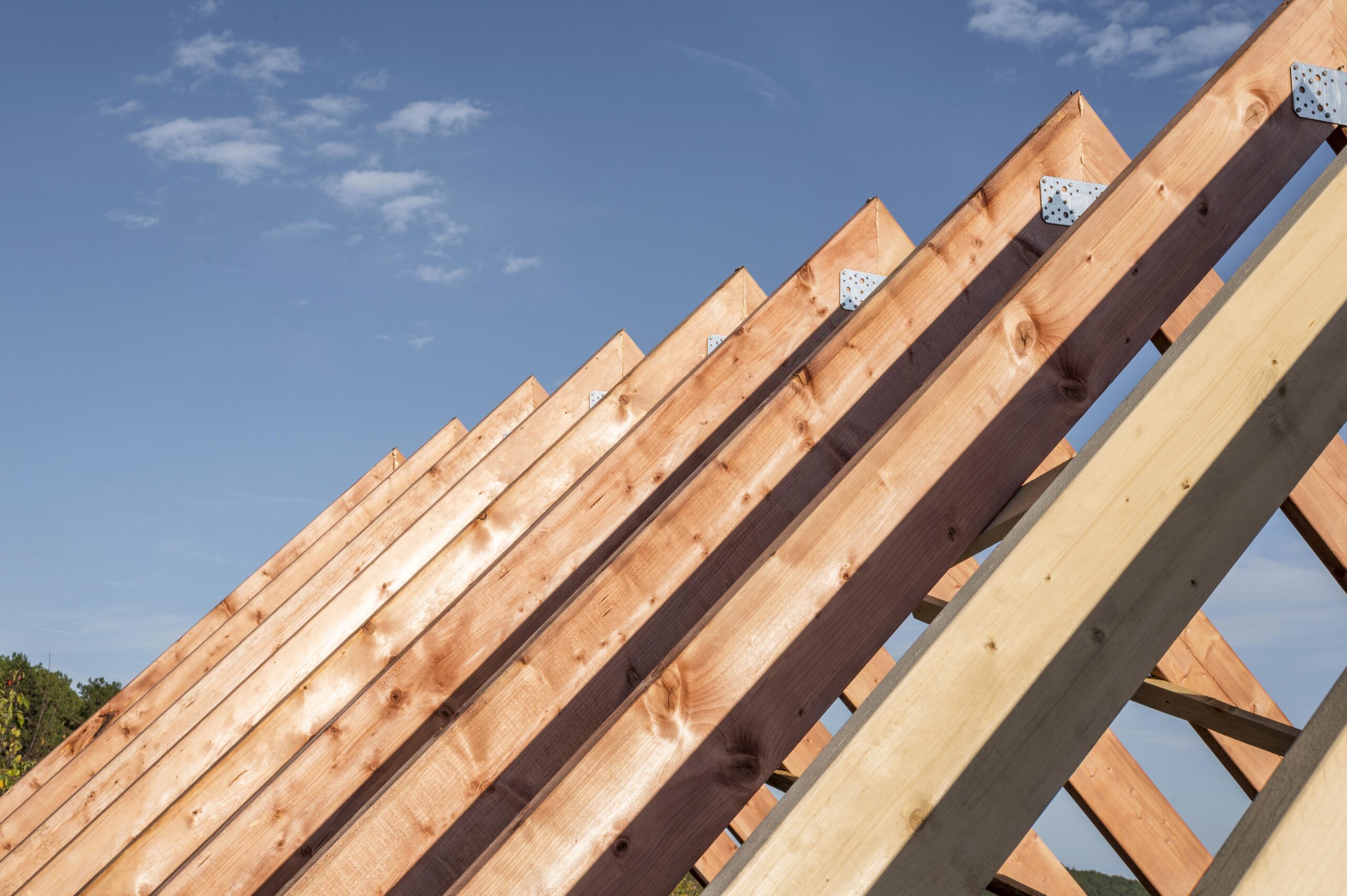Global economic, social, and political factors as well as natural disasters and Covid-19 losses created the perfect storm for rising claims costs.
Why did claims costs start to rise?
According to research by Crawford [1], there are many factors causing claims inflation. From port closures to the restricted movement of goods and people during Covid-19, the construction sector has suffered limited labour and material supply which has slowed production and driven up the costs of essential commodities and parts.
Throw into the mix the war in Ukraine, Brexit, extreme weather events, climate change, increasing rent, energy and transportation costs and rising interest rates – it’s little surprise the cost of construction keeps rising.

Building Cost Trends in Australia
In Queensland, the rise in construction costs was worsened by the property price boom and Olympic bid success. Why? It created an environment where development proceeds with confidence despite the State’s Building and Construction Industry being at or close to capacity.
Such factors can lead sub-contractors to be selective about the work they take on and thus how they price projects. That approach places further upward pressure on overall costs, causing the cycle of limited supply and increasing costs to continue.
Current Costs of Building Materials
Data from the Australian Bureau of Statistics Producer Price Indexes tell us that:
- Building material costs are on average around 1.35 times higher today than in Q2 of 2019.
- Timber is 1.4 times the cost today than in Q2 of 2019.
- It takes about three months for inflation to be felt in building cost price increases.
- Australia’s hardest hit were regional areas following catastrophic weather events, covid lockdowns and supply issues.

Despite material costs stabilising, the construction market remains volatile.
According to Rider Levett Bucknall’s Q3 2023 Escalation Update report:
- Market volatility continues, with supply chain and labour issues impacting pricing and partially offsetting material price stabilisation
- Tenders have significant variations in trade pricing, reflecting differences in risk assessment and future work projections
- Insolvency of major subcontractors and economic concerns is leading to higher pricing across all trades
- Project durations are extending by approximately 20%, due, in part, to low resource availability and reduced productivity
- Contract negotiation timelines are increasing as parties struggle to agree on risk allocation and terms
- Head contractors and sub-contractors are face pressure from ongoing legacy projects with significant financial shortfalls
- Head contractor margins are continuing to rise, especially on projects with longer durations and/or a higher risk profile
All of which is being magnified to varying degrees in Australia’s regional areas.
Insurance Builder Network
According to Crawford’s survey of their Contractor Connection Managed Repair Panel, their insurance builder network is experiencing the same cost pressures as the broader construction sector.
The shortage of specialist insurance builders is increasing the burden to fit rebuilds into the Building Regulatory Framework requirements which focus on new build projects and not the rebuild of existing buildings. Using inexperienced insurance builders often leads to further delays.
The impact on Business Interruption Claims
The problems in the construction market are having a severe impact on business interruption claims in Australia.
Every delay extends the period a business cannot operate or return to capacity, increasing the overall cost of insurance claims.
According to Crawford’s Claims Inflation Update report they have seen a rise in businesses wanting to transfer the risk of building costs to their business interruption cover, especially for managed cost-plus projects where there is greater uncertainty over material damage costs and timelines.
Insurer Appetite
With the growing failure of building businesses due to cost over-runs, insurers are keen to ensure projects are completed. When builders fail it can take months, even years, for projects to restart, if at all.
The appetite among builders to take on unfinished projects is understandably low given the increased risks.
Loss adjusters are thus keen to track projects, ask the tough questions and query building programs to identify slippage.

The Way Forward
The insurance industry knows that mitigating the risk of claims is a critical factor in tackling claims inflation.
That means seeking professional valuations and working with your insurance broker and insurer to manage your risks. When they deploy experienced adjusters, inspectors and contractors at the right time, it can make a significant difference to the customer experience and timeline of the claim.
Contact Clear Insurance today for support with your insurance needs.
[1] Claims Inflation Update Digital Report, Crawford, August 2023
General Advice Warning: This advice is general and does not take into account your objectives, financial situation or needs. You should consider whether the advice is appropriate for you and your personal circumstances. Before you make any decision about whether to acquire a certain product, you should obtain and read the relevant product disclosure statement.
Clear Insurance Pty Ltd. ABN. 41 601 916 689. AFSL No. 548953.





